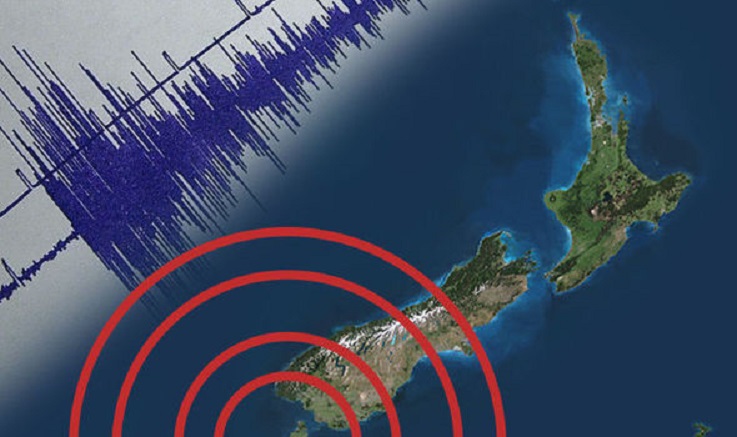A major earthquake is likely to occur on the South Island’s Alpine Fault in the next 50 years – predicting when or where is not currently possible, but a recent study suggests large earthquakes can give off seismic signals months to years beforehand

Unique seismic signals may be detected months to years before some large earthquakes, such as those preceding the 2023 magnitude 7.8 Kahramanmaraş Earthquake in Türkiye and also strongly felt in Syria, suggests a Nature Communications paper.
The authors suggest that the development of earthquake warning systems would require more local and regional detection networks, as well as the monitoring of secondary faults, accompanying the main rupturing faults. The findings may improve our ability to improve the forecasting of some future large earthquakes.
Despite the urgent social-economic need to warn people and protect critical infrastructure, short term prediction of earthquake magnitude, time, and location is currently not possible. In some cases, the processes leading to an earthquake may have an extended duration of months to years, which can be monitored and potentially recognized. However, tracking these processes and identifying seismic signals as indicators of an upcoming large earthquake remains challenging.
On 6th February 2023, a high magnitude earthquake struck the East Anatolian Fault Zone causing widespread damage and casualties in Türkiye and Syria. The rupture started at a secondary fault, and then propagated to the main fault.
Patricia Martínez-Garzón and colleagues found that there was an acceleration in the seismic event rates and larger energy release starting from approximately 8 months prior to the 2023 Kahramanmaraş earthquake, organized in clusters within 65 km of the epicenter.
Although the main rupture occurred on a fault and in a region previously identified to have a very high seismic hazard potential, the preparatory signals took place both on the main fault and on a secondary fault, which had previously received little attention.
Although some large earthquakes may display a monitorable preparation phase, the authors note that, owing to the large number of variables, recognizing such signals and using them for mid-term earthquake forecasting remains challenging.
The findings highlight the challenges of detecting the preparation and nucleation phase of large earthquakes. A full understanding of the preparatory phenomena would be necessary for the development of future warning systems, the authors suggest. More comprehensive earthquake monitoring together with long-term seismic records may improve our ability to recognize earthquake preparation processes from other regional deformation transients.








